
Summary
A profile of the artist Ghada Amer by Nadia Khomami, art and culture critic at The Guardian. Amer’s provocative and feminist art challenges conventions and perspectives. Her works, including embroidered paintings, sculptures and installations, often use traditionally feminine techniques to subvert moralistic attitudes towards women’s bodies and sexuality. Amer’s art also addresses broader human rights issues, such as in her 2005 work, Reign of Terror, which responded to the growing prejudice and stereotyping of Muslim communities post-9/11.
Reading time
Six minutes
Provocative, empowering and unapologetically feminist — Ghada Amer’s body of work defies conventions and challenges perspectives
One morning in 1986, a young Ghada Amer walked into her first painting class at elite French art school Villa Arson, in Nice. Born in Cairo in 1963 to an agronomist mother and a diplomat father, Amer moved to France with her family at the age of 11. Even now, speaking to me over Zoom from her studio in Harlem, New York, where she lives with her partner and collaborator, the Iranian artist Reza Farkhondeh, she appears equal parts dumbfounded and upset by what happened next:
“He let in all the men and then he closed the door and said, ‘I don’t teach to women’.”
The awakening
Even more enraging at the time, says Amer, was that “everybody thought it was okay. Afterwards, I went to the library and asked them to give me a book about women painters, and the librarian said, ‘there’s nothing like this’.” It was then that Amer had something of an epiphany. Though she was already in her third year of art school, she says she had never before considered that she and her classmates were being “brainwashed”.
“Until then, I hadn’t realised that all of art history was built on men. I looked again at everything they were teaching us, and I couldn’t find any women, except one or two who were either crazy or played the role of the villain.” Today, Amer says, she believes that professor did her “a very big service”, as the incident spurred her quest to discover her own artistic language.
Amer was a teenager when she first realised she was an artist at heart. “I used to always draw when I was a kid. And then, in my last year of high school, I got severely depressed. I was bedridden, and the only thing I could do was to draw. Art saved my life. It is still saving my life.”
It was around this time, while visiting her family in Egypt, that she also encountered a magazine called Venus. Its creators had photocopied pages from Burda (a German fashion magazine most widely known for its inclusion of sewing patterns for clothes) and added veils and hats over the heads of the white, European models. It was a shock for an artist whose raison d’etre has long been women’s self-determination over their own bodies, and it spurred her to reject ways of making art that had been dominated by men.
The discovery
“I thought, if men invented painting, I’m not going to touch it,” she recalls. “I have to invent something that will look like their paint but be different.” She landed on embroidery, a craft traditionally considered to be feminine in both nature and practice — aspects she wanted to turn into “a strength”.
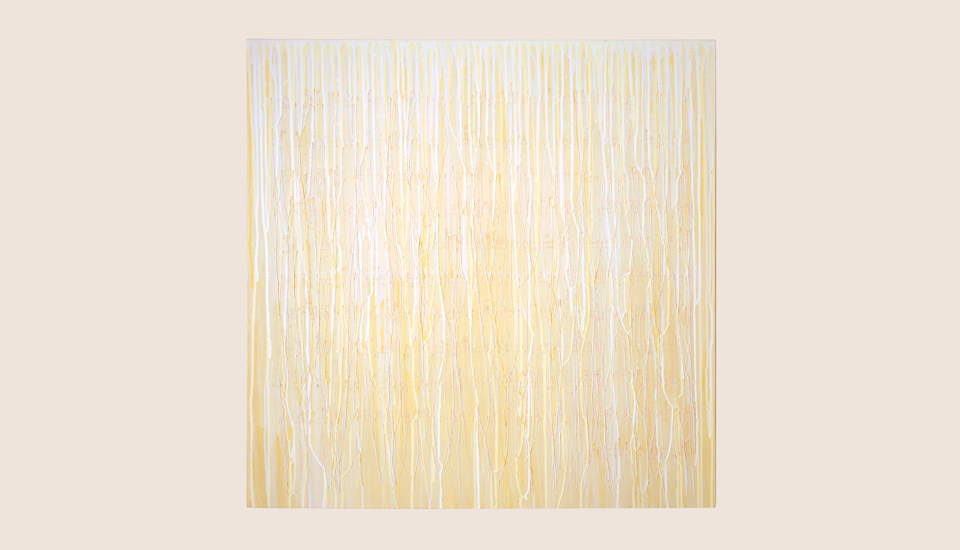
I thought, if men invented painting, I’m not going to touch it. I have to invent something that will look like their paint, but be different
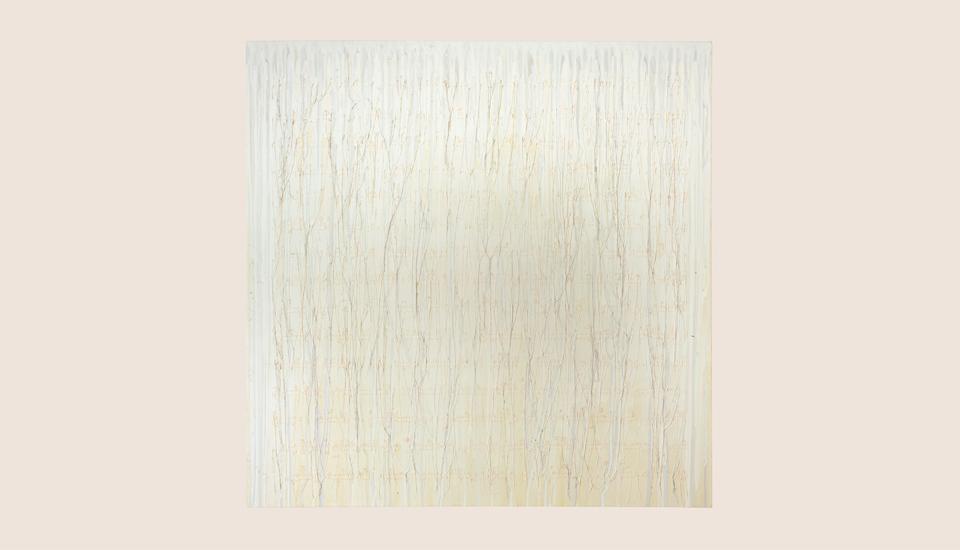
Top: The definition of the word Freedom in Arabic (2007), Bottom: The definition of the word Peace in Arabic (2007)
At first, she chose in her embroidery works to depict “bored women” performing daily chores or quotidian activities, but she soon came to see this as submission. “I needed another image that would totally contradict the embroidery. I decided it was women posing in porn magazines.”
The decision paid off. Today Amer is best known for her embroidered images of women in autoerotic poses that have been traced from pornographic magazines, often layered with acrylic or gel. They depict naked women in ecstasy or with other women. Her aim, she says, was to radically reimagine pornography as something depicting female desires and fantasies; she wanted to invert an aesthetic in which men are the bearers of the erotic gaze and women merely its object.
This perspective is evident in works ranging from Couleurs Noires (2000) and The Woman Who Failed to be Shahrazad (2008) to Les Grands Nympheas (2022), which features the image of intertwined females repeatedly across a 275×366 cm canvas (the title is an homage to Claude Monet’s Water Lilies).
“I was very oppressed sexually, as a Middle Eastern woman,” Amer says, but “these images made me like sexuality and my body, to make peace with it. For me, there’s no difference between eroticism and pornography. ‘Pornographic’ is a moral adjective on eroticism. If someone doesn’t like it, it’s ‘porn’.”
The revolution
Over the course of a career spanning more than four decades, Amer has created paintings, drawings, sculptures and installations that reflect her commitment to women’s rights and the subversion of moralistic attitudes towards women’s bodies and sexuality.
As with her embroidery paintings, she often chooses media or techniques that are considered traditionally ‘feminine’, such as gardening. For Women’s Qualities, Amer asked people in South Korea (2000), New York (2020) and Sunnylands, California (2021)
what qualities they would attribute to women and incorporated the most common statements into flowerbed plantings.
Her work, Amer stresses, is “never a call to action, it’s a call to think”. She prefers gradual change to overnight transformations, saying “I believe in a very long revolution of awareness until we can make change.”
In this manner, the artist has also tackled a broader range of incursions against human rights and what she sees as media-led stereotypes. In 2005, for example, a time still dominated by responses to the terror attacks on the World Trade Center, Amer created Reign of Terror, which she says was a “response to the accusation that all Arabs are terrorists”.
“All of the media was brainwashing us,” she says. “Arabs are this, Muslims are that. It was unbearable for me. They were using the word terrorism so much that it lost its meaning.” She decided to look up the word’s definition in dictionaries, discovering that it “basically doesn’t really exist in Arabic”. Her resulting artwork, installed at Wellesley College in Massachusetts, consisted of a bright pink wallpaper into which she inscribed numerous definitions of the word, along with paper plates, cups and napkins decorated with the phrase “‘Terrorism’ is not indexed in Arabic dictionaries”. The paper products were used by students in the school’s cafeteria, which also had some of its walls covered by the wallpaper.
In 2022, Amer presented My Body, My Choice, which explored the “regression of women’s rights”, at the Goodman Gallery in London. That same month, it was revealed that the US constitutional right to abortion confirmed in Roe v Wade was being upended. Widespread protests against the Supreme Court decision turned the phrase “my body, my choice” into a rallying cry. “I think that all artists can feel the future,” Amer says now. “We are like oracles.”
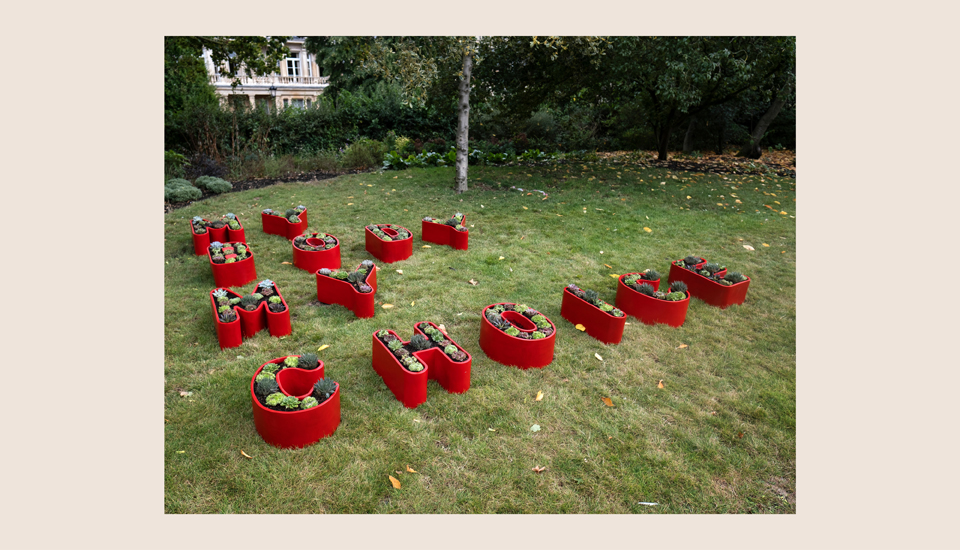
My Body, My Choice (2022)
The future
It’s a future Amer is increasingly concerned about. She believes people in the West have become complacent about hard-earned rights and freedoms. “And the women do not fight hard enough,” she says. Amer cites the rise of the ‘trad wife’ [short for ‘traditional wife’, a trend popularised on TikTok whereby young women forego work outside the home for performing domestic duties for partners], saying “This is not a very good sign. I feel that the balance is shifting.”
Capitalism has attained a huge level of injustice. People are suffering... and the first ones who will suffer are women
What’s the reason for this? “I think capitalism has attained a huge level of injustice. These ‘trad wives’ are sick of working for nothing and sacrificing the family. People are suffering. Look at how much people have to work to make ends meet. Maybe it’s better not to work and to just cook, I don’t know. But for sure, it’s economic injustice that is causing this. And the first ones who will suffer are women.”
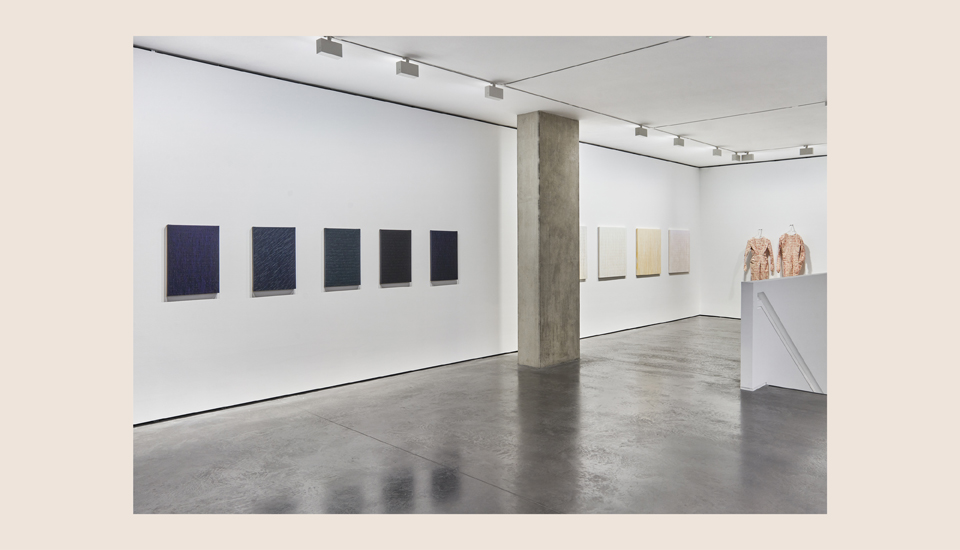
Amer’s exhibition QR CODES REVISITED—LONDON at Goodman Gallery, London, 2023
With potential for major upheaval around the world this year as major elections take place in at least 64 countries, including the US and UK, Amer cites freedom of speech as one of the rights “taking a big hit”. “We’re witnessing it with college campuses in the US. You can’t revolt against injustice or against the killing of civilians, it’s crazy. Ceasefire means peace and love.”
I wonder if any of it is inspiring her newest art? Amer says she’s currently working on a piece that incorporates the famous Desmond Tutu quote, “If you are neutral in situations of injustice, you have chosen the side of the oppressor.” But in general, Amer points out, her best art doesn’t emerge “in the middle” of conflict, but after a period of consideration: “I like to speak about it later”, she says with a smile.
Nadia Khomami is an arts and culture correspondent at The Guardian. She writes regular features and interviews notable figures from across the arts industry
Visit www.ghadaamer.com to view more of Amer’s work .
This feature first appeared in RSA Journal Issue 2 2024.
pdf 12.5 MB
Read more last word features from the RSA Journal
-
Last word: resistance
Vibha Venkatesha
One young activist’s growing understanding of the shifting landscapes of opposition and power – and how best to effect meaningful change.
-
Last word: action
Matt Winning
Comedian Matt Winning on environmental action and why we all need to prepare for our personal climate journey.
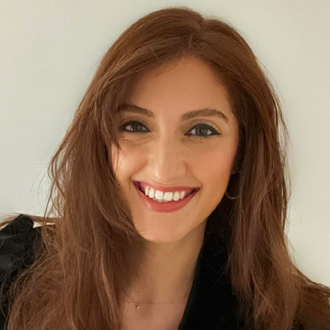
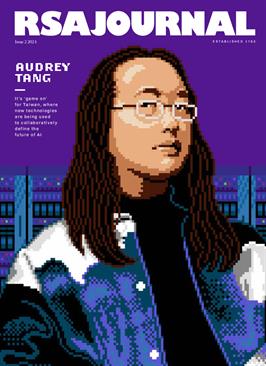
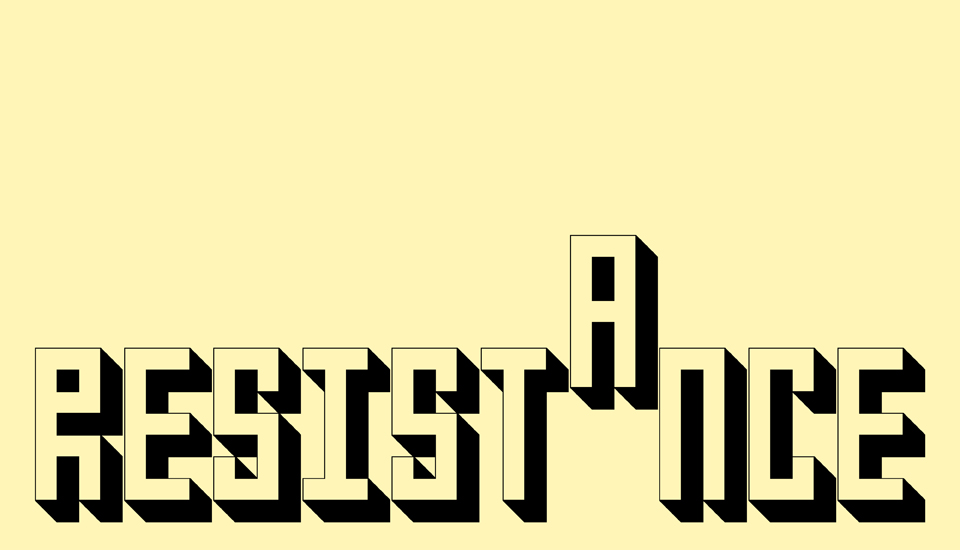

Be the first to write a comment
Comments
Please login to post a comment or reply
Don't have an account? Click here to register.